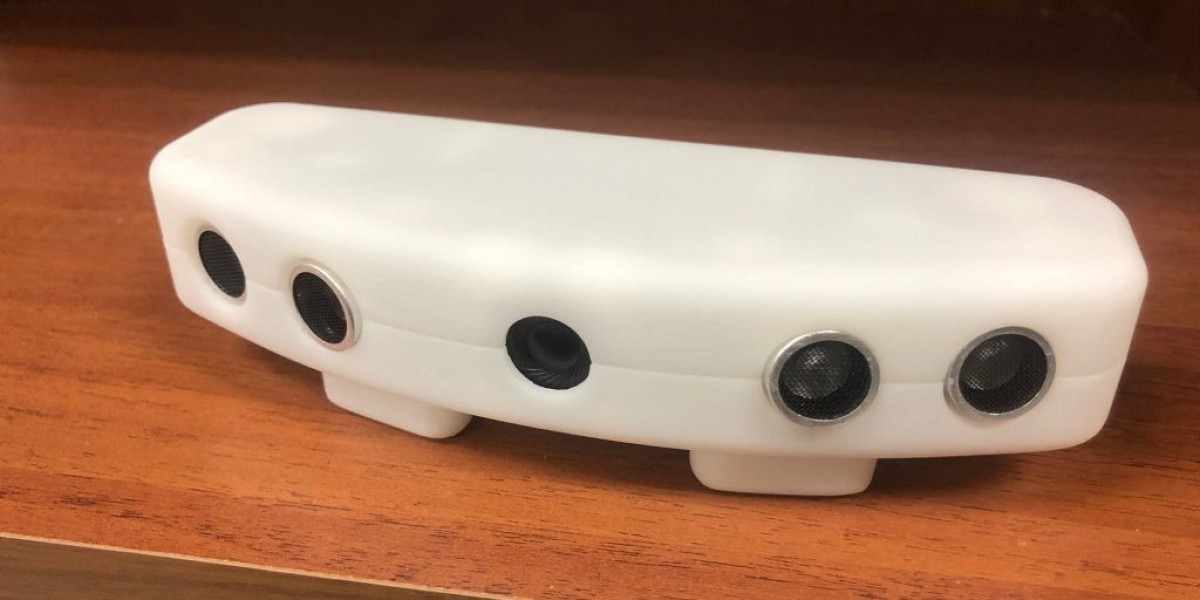Fall prevention is one of the highest priorities in elderly care. While there are several tools available to help reduce fall risks, the Bed Exit Alarm is among the most effective. Yet despite its growing use, many caregivers and families hesitate to adopt these systems due to common misconceptions. This blog tackles the most persistent myths surrounding Bed Exit Alarm, breaking down fact from fiction to help you make an informed decision.
What is a Bed Exit Alarm?
A Bed Exit Alarm is a monitoring device designed to alert caregivers when an individual attempts to leave their bed unassisted. These devices typically use pressure sensors, floor mats, or motion detectors to identify movement, then trigger an alert so the caregiver can respond promptly and prevent a potential fall.
Now let’s explore and debunk the top five myths surrounding Bed Exit Alarms.
Myth #1: Bed Exit Alarms Are Only for Hospitals or Nursing Homes
The Reality: They Are Ideal for Home Use Too
Many people believe Bed Exit Alarms are strictly for institutional use, like in hospitals or nursing homes. While it’s true that they are widely used in medical facilities, these devices are just as useful—and often essential—for home caregivers.
Benefits in home care settings include:
Preventing nighttime wandering in seniors with dementia
Alerting family caregivers to unsupervised movements
Offering peace of mind to loved ones who can’t monitor 24/7
In fact, modern versions of Bed Exit Alarms are specifically designed for home use. They are easy to install, compact, and often wireless—perfect for personal caregiving environments.
Myth #2: Bed Exit Alarms Are Too Expensive
The Reality: There Are Affordable Options for Every Budget
Some caregivers hesitate to invest in a Bed Exit Alarm thinking they are costly, but the reality is quite the opposite. There are several options available at different price points, and most are surprisingly affordable considering the value they provide in fall prevention.
Low-cost models can:
Offer basic alarm functions with pressure pads or floor mats
Be powered by batteries (no extra hardware needed)
Provide effective alert systems without ongoing costs
More advanced models with wireless capabilities, silent alerts, or mobile integration cost more, but even those are typically less expensive than a single emergency room visit caused by a fall. The long-term cost savings in injury prevention are significant.
Myth #3: These Alarms Are Uncomfortable or Restraining for the Elderly
The Reality: Modern Alarms Are Non-Intrusive and Comfortable
Another common myth is that Bed Exit Alarms are physically uncomfortable or feel like a form of restraint. However, unlike physical restraints or bed rails, these alarms do not prevent movement—they simply detect it.
Here’s how modern alarms preserve comfort and dignity:
Pressure pads are thin and can be placed under the sheet or mattress
Wireless sensors do not require any attachment to the person
Floor mats are soft and padded, designed not to disturb sleep
These systems are designed to allow elderly individuals to move naturally while ensuring caregivers are notified when supervision is needed. Far from being restrictive, they empower caregivers to replace physical restraints with technology that respects personal freedom.
Myth #4: They Cause False Alarms and Annoy Everyone
The Reality: False Alarms Are Rare with Proper Setup
Some caregivers worry that Bed Exit Alarms will go off constantly, causing frustration and even waking the patient unnecessarily. While occasional false alarms can occur, they are typically due to incorrect setup or poor positioning.
You can reduce false alerts with the following steps:
Use alarms with adjustable sensitivity settings
Properly secure pressure pads or motion sensors
Ensure the bed is not shared with another person or pet (in pressure pad models)
Choose alarms with directional detection or delayed activation to avoid nuisance alerts
High-quality alarms are built with features to minimize these issues and provide consistent, reliable alerts only when necessary.
Myth #5: You Don’t Need an Alarm if You Check on Them Regularly
The Reality: Accidents Happen in Seconds—You Can’t Watch 24/7
Some caregivers believe they don’t need a Bed Exit Alarm because they’re frequently checking in. But the truth is, falls can happen in just a few seconds—often between scheduled checks.
Even the most attentive caregivers can’t:
Be in two places at once
Predict exactly when a patient will attempt to get up
Stay awake all night without rest
A Bed Exit Alarm is a supplemental safety tool that acts as your eyes and ears when you can’t be there. It allows for fast response times that could make the difference between safety and injury.
Additional Benefits of Bed Exit Alarms
Beyond debunking the myths, it’s important to highlight the clear benefits of using these alarms in elderly care.
1. Increased Safety for Fall-Prone Individuals
Elderly individuals with balance issues, recent surgeries, or neurological conditions benefit from real-time alerts that allow caregivers to assist before a fall occurs.
2. Reduced Stress for Family Caregivers
Caregivers no longer need to hover or stay awake all night. The alarm gives them confidence that they will be alerted if needed.
3. Better Sleep Quality for the Elderly
Without frequent interruptions or physical restraints, patients can enjoy more restful and undisturbed sleep.
4. Improved Care Efficiency
In professional settings, staff can respond to the right patients at the right time rather than relying on constant physical checks.
Best Practices for Using Bed Exit Alarms
To ensure maximum effectiveness, follow these guidelines:
Test the alarm regularly
Position sensors correctly based on user mobility
Choose silent or vibrational alarms for shared spaces
Keep extra batteries on hand if the model is battery-operated
Train all caregivers on how to respond to alerts quickly
Who Should Use a Bed Exit Alarm?
You should consider a Bed Exit Alarm if the person in your care:
Has a history of falls
Suffers from Alzheimer’s, dementia, or confusion
Is recovering from surgery or illness
Experiences poor balance or unsteady walking
Frequently gets up during the night unsupervised
Frequently Asked Questions (FAQ)
Can I use a Bed Exit Alarm without professional help?
Yes. Most alarms are designed for easy installation and can be set up by anyone, even without technical expertise.
What types of sensors are available?
There are pressure pad alarms, motion detectors, floor mats, and wearable sensors. The best type depends on the user’s mobility and the care setting.
Is the alarm too loud for home use?
Many alarms have adjustable volume or offer silent paging options, so they won’t disturb the rest of the household.
Are these alarms safe for people with pacemakers or other medical devices?
Generally, yes. However, it’s always best to check the device manual or consult a healthcare provider for assurance.
Do these alarms work with hospital beds or adjustable beds?
Yes. Many models are compatible with a variety of bed types, including adjustable or hospital beds.
How often should I replace the sensor pads?
Sensor pad lifespan varies by brand and model, but they typically last 6–12 months with regular use.
Conclusion
When it comes to elderly care, misinformation can lead to missed opportunities for safety. The truth is, a Bed Exit Alarm is a valuable, non-intrusive, and cost-effective tool that can drastically reduce fall risk, improve caregiver response times, and bring peace of mind to everyone involved.
By dispelling these common myths, we hope to highlight the real-world advantages of using a Bed Exit Alarm in home care, assisted living, or clinical settings. Whether you're new to caregiving or an experienced professional, integrating this simple device into your care routine could make a life-changing difference.
Let me know if you'd like to compile all five blogs into a downloadable format or publish-ready layout.






